Egypt 2025 Part 3 Cairo Treasures
- Anne B 10milesfrom

- Mar 15
- 6 min read

After yesterday, the bar was set rather high! Another 7.30 pick up and a day in Old Cairo beckoned. Mayer once again did a great job. We had added some places to the company recommendations... one of the big advantages of a private tour - and he wove them all into the itinerary. Firstly we headed through Cairo to the citadel, high on one of the only 2 hills around the city.

A massive fort, with 12 towers, it was built by Saladin in the early 1200's. Fresh from fighting the crusades against King Richard II, the Lionheart, he broke away from the Ottomans and claimed Egypt for his own. He built Cairo, and it's citadel to protect it. The citadel is mainly offices now, but inside it is a wonderful Mosque, commissioned by and dedicated to Muhammed Ali Pasha and built between 1832 and 1857 as a copy of the Hajia Sofia in Istanbul.

It's beautiful, slim pencil Minarets are 60m tall and can be seen from many parts of the city. Inside it is beautifully decorated, with pretty stained glass windows letting in light.

Apparently many workmen from different faiths worked on the mosque and some left their signatures like this star of David high on the ceiling.

The central light ring has 365 bulbs, and the domes amplify sound beautifully as Mayer demonstrated with a very loud call of Allahu Akbar, to the surprise of us and everyone around! In the courtyard outside is the ornate fountain for ablutions, the original well from the fortress and a beautiful clock tower gifted to Muhammed Ali by Louis Philippe of France.

It was given in return for one of a pair of Ancient needle monuments flanking the entrance to Luxor Temple. It stands today in the Place de la Concorde in Paris.
Next we headed to Coptic Cairo. This is an old area of Cairo where Coptic Christians have churches. (Coptic means traditional Egyptian). Today about 15% of Egypts population are Christian, and 80% of those are Coptic Christian, or Egyptian Orthodox. They date from 60AD when St Mark the gospel writer came to Egypt and began conversions to Christianity. They have their own Pope, and St Mark was their first one. As we entered Coptic Cairo, the streets were cobbled, and the buildings old. Our first stop was the remains of Babylon fortress, which, incredibly, was built in 300AD by the Romans! The brickwork is superb!

Next the Hanging church of the Virgin Mary, built in the 3rd century by building directly on top of one fortress tower.

Typical of Coptic churches it has 3 altars hidden behind curtains, and dedicated to different Saints. Each altar has 2 small windows for the communion bread and wine. Large loaves are broken into pieces by the priest, and we saw it being delivered.Later, in the church of Santa Barbara we were given some to try.
Copts fast for 9 hours before communion, and an altar cannot be reused until 9 hours has passed, so 3 altars meant Masses can be said more often by rotating their use. Relics of saints are very popular - there are over 100 here, and the ceiling is shaped like an upturned Ark. There are 12 pillars representing the Apostles, but one will be black for Judas. Also, men and women are segregated during services.
From here we headed to the church of Abu Serga -Saints Sergius and Baccus, and it is believed that Jesus Mary and Joseph stayed here in a small room under the altar for 3 months during their flight from Egypt and Herod. This is the well they drank from.
We then walked through a maze of alleyways, guarded by incredible old doors, through an unusual bookshop lining a path with all kinds of books, from local authors, religious texts, old photographs and lots of Agatha Christie books in English and arabic! Penny, even though recently retired from the library, got very excited! We even found a rather jolly looking Coptic priest!
Around the corner is the Jewish synagogue of Ben Ezra. It is one of 2 in Cairo. When Israel was created, many Jews moved there, but there is still a very small population in Cairo. The synagogue was first built 1500 years ago but has been rebuilt and renovated since. Sadly no photos! In 1888 they made the discovery of over 40,000 discarded documents dating back to 882AD which have provided an incredible insight into prices, activities and lifestyle across the centuries. The map below shows the flight into Egypt! Lunch was at Old Cairo, a family run cafe where we had delicious chicken Shwarma, baba ganoush, tahini and salads.
We were very lucky it was open as many eateries are closed during the day in Ramadan. After lunch we headed into the heart of old Cairo to the Bab-al-Futuh gate in the huge walls, built in 1087 the same time as Saladin's citadel.
Walking through we entered a usually bustling old world of cobbled streets, mosques and traders. Due to Ramadan it was much quieter than usual but there were children finishing school, men outside the many mosques, and some shops were open, including one where they decorated metal by hand with traditional patterns, identical to those we will see later in the museum. There were many beautifully ornate ones. We loved this walk. It ended in the market but we couldn't decide what outfit to buy!

Then we set off for the Cairo museum. The brand new GEM museum is due to open in July but the main Tutankamun exhibition is still in the old museum, alongside so many historical artefacts.

I apologise for the photos, the reflections in the glass were unavoidable! Standout items were:
Beautifully decorated mummy cases:
The mummified bodies and multiple coffins of Yuya and Thuya, buried over 3,500 years ago, and discovered in 1905.


Their artefacts included a trestle bed, a bird figure which was thought to carry the soul of the dead person and a Chariot!
What about these amazing sandals? They look as if they were made yesterday!

This incredible 20 metre long hand written hieroglyphic Papyrus with a detailed description of their route through judgement to hopefully be reunited with their loved ones:
The wonderful silver casket and gold mask of King Psussennes I


Jewellery and decorative pieces dating from 3,200 - 4000 years ago were exquisite.
The jewel in the crown is undoubtedly
the Tutankamun exhibition. He died at just 19 years old, possibly due to a combination of bone disease and Malaria. His tomb was discovered in 1921 by Howard Carter, and it took 10 years to bring out the 51,000 objects that were inside. Tutankamen himself was buried inside a stone sarcophagos, and then in 3 beautiful nested coffins. The minute inlay work is unbelievable.



Some of the objects have already been moved to the new GEM museum in Cairo but the prize exhibits were still here. Everything was dazzling in real life, including his throne, with exquisite details, his guard dog Anubis
and the Gold mask.
Finally, a few significant statues, including a 2 inch tall one of Khufi, the only one in existence, and ironically he is buried in the huge Great Pyramid! Also interesting is a statue of a dwarf with his family. Dwarfs were highly respected in Ancient Egypt and given status and power. How do they know who the statues are? Often from the faces on the sphinx outside temples and mausoleum dedicated to that person.
These tiny figures are all of the person who is buried. Hundreds of them to help the person through to the afterlife. They also put mummified pets and these are 4 beautiful Canopi jars for the vital organs.
What a fascinating treasure house this was. We returned to the hotel and put our feet up before heading out for dinner at Luuma alongside the Nile. A very good meal with, as usual, very friendly staff, and we saw lots of decorated boats passing by.
These are Ramadan lanterns.
This bustling vibrant city is hot, busy and dusty but so worth visiting, and we have felt very safe here.
Then back to pack as we have another early pick up to head to the airport for our next stop - Luxor. So exciting. We are loving Egypt!





















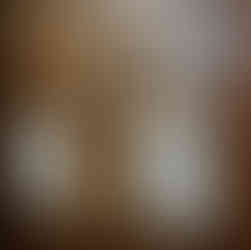






























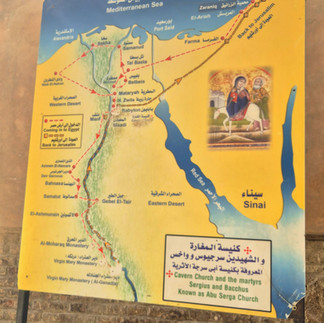












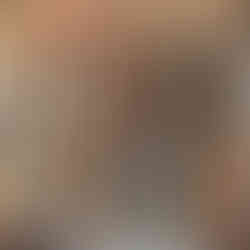

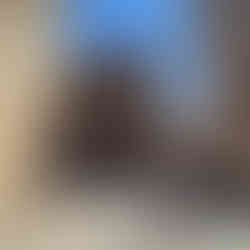












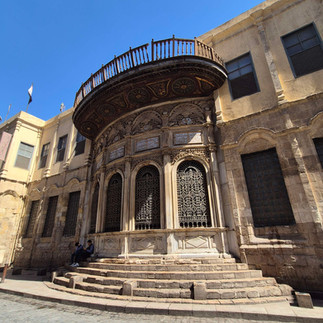

































































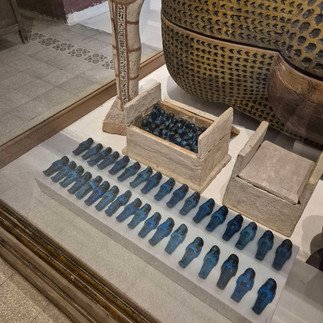
















The preservation of fragile ancient artifacts is incredible, especially in chaotic and dust old museum. I hope the new museum is indeed open in my lifetime. 😜
The great time you're having shines through your writing.